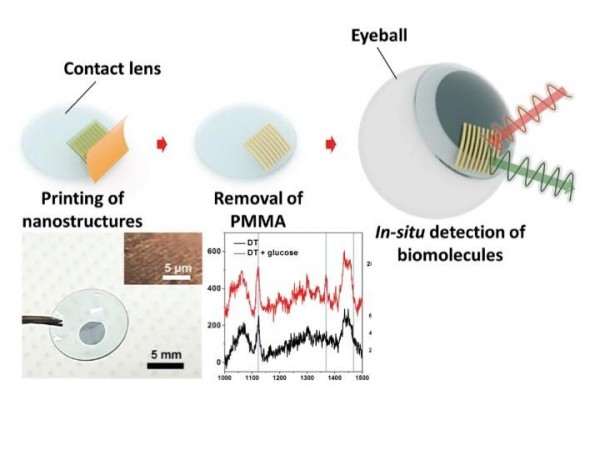In a six-year study of African Americans with type 1 diabetes, progression of diabetes-related eye disease was high and related to poor blood glucose control and high blood pressure, according to an article in the September issue of Archives of Ophthalmology, one of the JAMA/Archives journals.
Type 1 diabetes occurs when the body is unable to produce enough insulin to process sugar (glucose) into energy. Over time, the resulting high levels of glucose in the blood can cause damage to nerves and blood vessels, including those of the eye. Diabetic retinopathy, a type of diabetes-related eye disease, causes more new cases of legal blindness among U.S. individuals age 20 to 64 than any other factor, according to background information in the article.
Researchers have previously described the risk factors for development and progression of retinopathy in white patients with type 1 diabetes, but little information is available on the disease in African Americans.
Monique S. Roy, M.D., University of Medicine and Dentistry, New Jersey Medical School, Newark, and Mahmoud Affouf, Ph.D., Kean University, Union, N.J., evaluated the progression of retinopathy in 483 individuals who had originally participated in the New Jersey 725 study of African Americans with type 1 diabetes, which began in 1993. Six years later, the participants underwent a second assessment that included a complete eye examination, clinical interview to gather medical history and sociodemographic information, blood pressure reading and height and weight measurements. Photographs of the retina were taken to assess retinopathy status and blood was drawn to measure cholesterol levels and glycosylated hemoglobin (HbA1C) levels, which measure blood glucose control over an extended period.
Patients were classified at baseline by level of diabetic retinopathy, as having none (196 patients, 40.6 percent), mild (169 patients, 35 percent) or moderate to severe (118 patients, 24.4 percent). Over the six-year period, 72.3 percent of the patients who did not have diabetic retinopathy at the beginning of the study had developed evidence of the condition. Fifty-six percent with diabetic retinopathy at the beginning of the study showed progression of the disease, including 22 percent who had vision-threatening diabetic retinopathy and 15 percent who progressed to proliferative retinopathy, a condition in which excess blood vessels grow in the eye. In addition, 15.9 percent developed macular edema, a swelling in the area at the back of the retina that produces the sharpest vision.
Continue Reading Below ↓↓↓
Participants who had diabetes for the longest period of time were most likely to develop diabetic retinopathy and to progress to proliferative retinopathy. Those with high HbA1C levels and high blood pressure at the beginning of the study were more likely to develop progressive diabetic retinopathy, proliferative retinopathy and macular edema. Development of proliferative retinopathy also was associated with older age, kidney disease and more severe retinopathy at the beginning of the study. Macular edema was associated with older age, lower socioeconomic status, more severe retinopathy and higher total cholesterol levels.
"The results show that progression of diabetic retinopathy in African American patients with type 1 diabetes is high," the authors conclude. "Poor glycemic control and systemic hypertension [high blood pressure] are two modifiable risk factors significantly associated with progression of diabetic retinopathy. Because glycemic and blood pressure control in this population are poor, measures to improve medical care and ensure regular dilated eye examination to detect vision-threatening diabetic retinopathy may reduce morbidity from the disease."
This research was supported by a grant from the National Eye Institute and a Lew Wasserman Merit Award from Research to Prevent Blindness, Inc. (Arch Ophthalmol. 2006;124:1297-1306.)
Source: JAMA and Archives Journals










